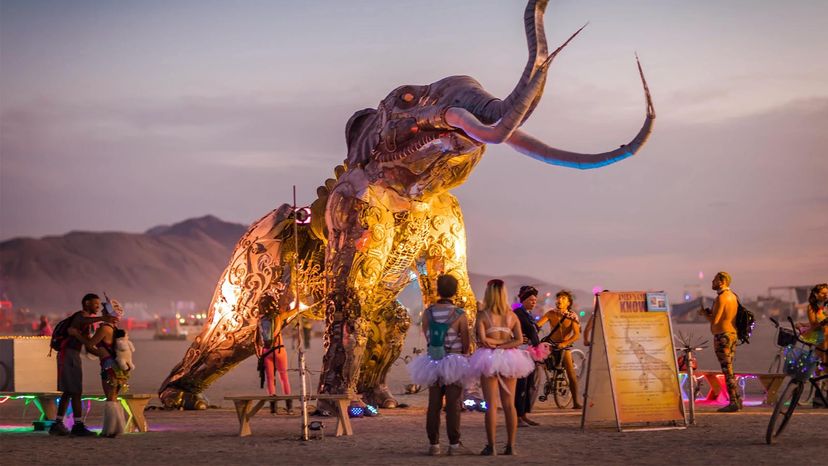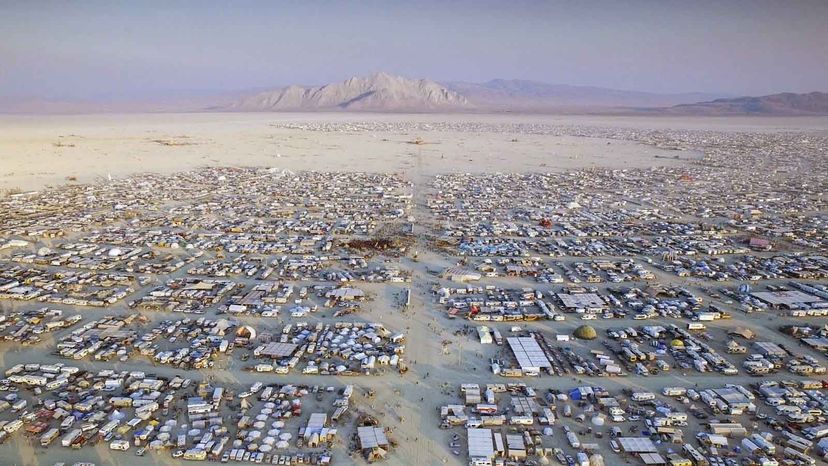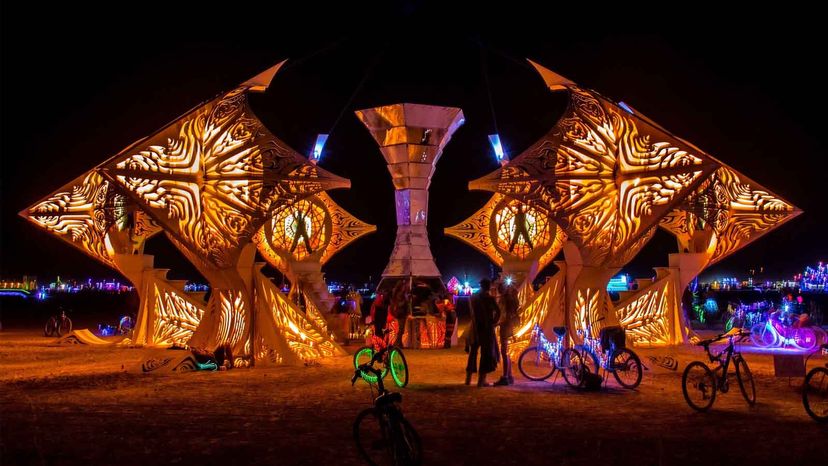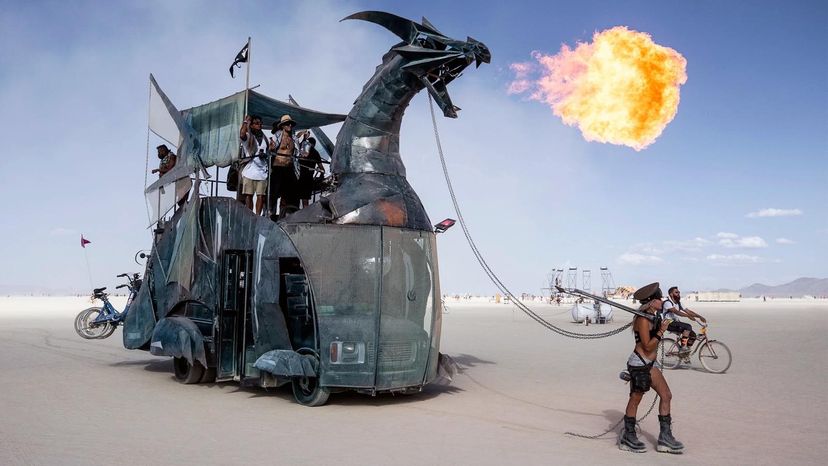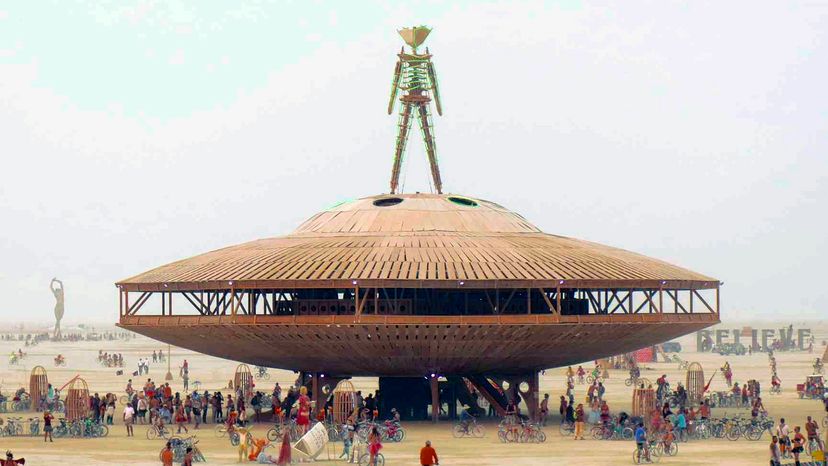
Each summer, in the Black Rock Desert of Nevada, a city is born. And each year, about a week later, it disappears. The city, better known as Burning Man, is back, and Burners, as attendees are called, couldn't be more excited.
Black Rock City first appeared in 1991. Now, thousands are dedicated followers to the social movement Burning Man has come to signify. Others are curious first-timers, testing their limits. Most, though, are just "regular" folks with "regular" jobs and "regular" lives who, for a week out of the year, escape all that and plunge into an entirely different world, where money is nothing, art is everywhere and absolutely everyone is welcome.
Advertisement
It's one of Burning Man's 10 principles: radical inclusion. Founded mainly by Larry Harvey and Jerry James in 1986, the first iteration of Burning Man included less than 20 friends who built an 8-foot-tall (2.4-meter) man out of scrap wood and then lit it on fire on San Francisco's Baker Beach. Others were drawn to the flames. The rest, as they say, is history.
To call Burning Man a party would be misleading. Yes, the party runs 24/7 for a week. But for the movement's followers, those who get involved in running the community, what it is, and has been from the start, Burning Man is a social experiment.
Advertisement
